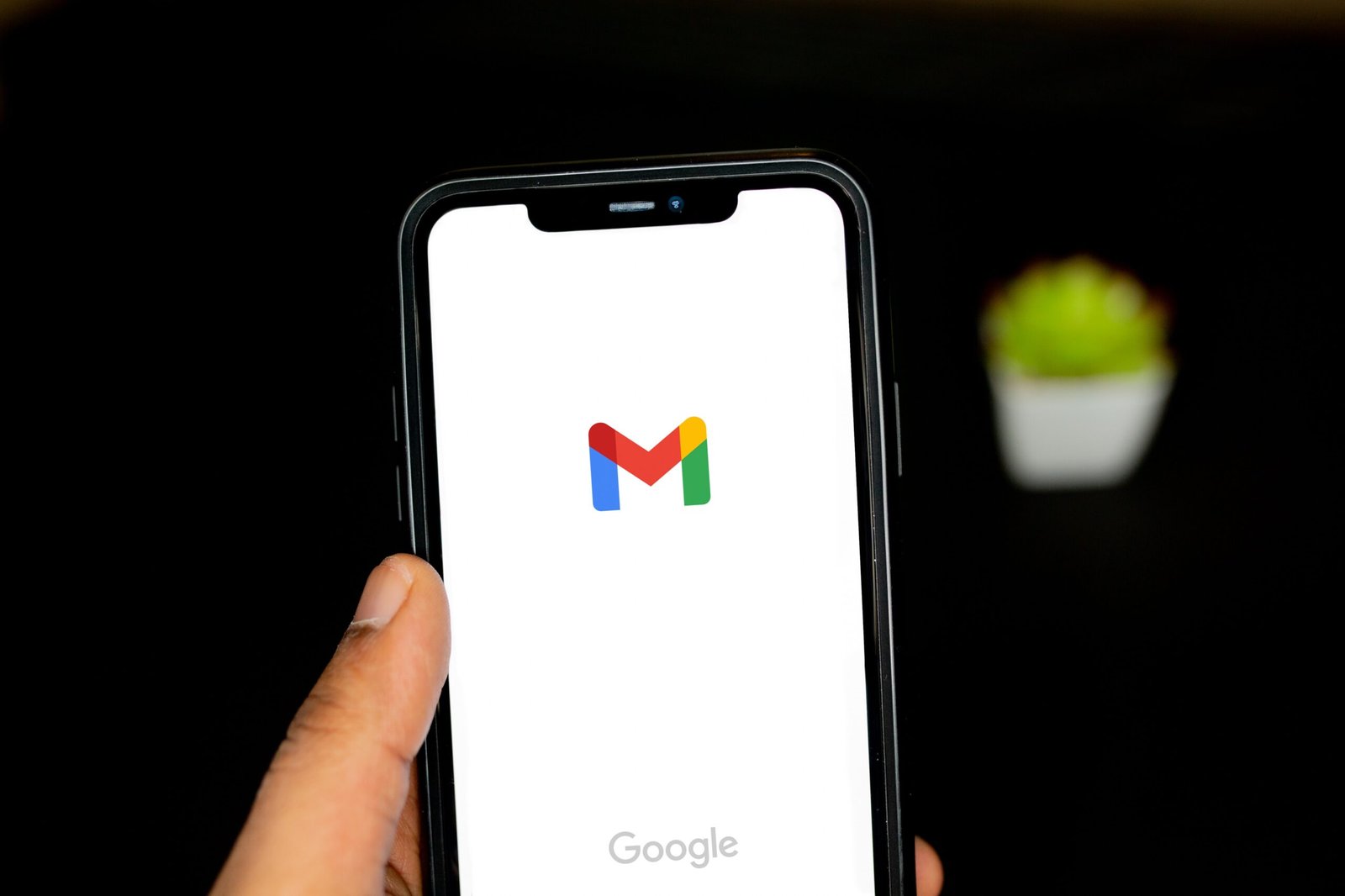Email newsletters have become an essential marketing tool for businesses in the digital age. They provide a direct line of communication with customers, allowing companies to share valuable information, promote products or services, and build brand loyalty. However, not all email newsletters are created equal. In order to stand out from the competition and achieve high engagement rates, it is important to understand what sets a good email newsletter apart.
The Power of Personalization
One of the key factors that sets a good email newsletter apart is personalization. Generic newsletters that lack personalization often end up in the spam folder or get deleted without being opened. Personalization can include addressing the recipient by their name, tailoring the content to their interests or previous interactions with the brand, and segmenting the email list based on demographics or behavior.
In the home service industry, personalization can be particularly effective. For example, a landscaping company could send personalized newsletters to customers based on their specific needs or the season. This could include tips for maintaining their lawn during the summer or advice on preparing their garden for winter.
Eye-Catching Visuals
A visually appealing email newsletter is more likely to grab the reader’s attention and encourage them to engage with the content. Incorporating eye-catching visuals such as high-quality images, videos, or infographics can make the newsletter more memorable and shareable.
In the home service industry, visuals can be used to showcase before and after photos of completed projects, demonstrate the benefits of a particular service, or provide step-by-step guides for DIY home improvement projects. Visuals not only make the newsletter more engaging but also help to establish credibility and trust with the audience.
Mobile-Friendly Design
In today’s mobile-dominated world, it is crucial for email newsletters to be optimized for mobile devices. A good email newsletter should be responsive and adapt to different screen sizes, ensuring that it looks and functions well on both desktop and mobile devices.
For the home service industry, mobile-friendly design is especially important. Many homeowners rely on their smartphones or tablets to research and book services. By providing a seamless mobile experience, businesses in this industry can increase the chances of converting subscribers into customers.
Clear and Compelling Call-to-Action
A good email newsletter should have a clear and compelling call-to-action (CTA) that prompts the reader to take the desired action. Whether it’s signing up for a service, making a purchase, or simply visiting the company’s website, the CTA should be prominently displayed and easy to follow.
In the home service industry, effective CTAs can include offering a limited-time discount on a service, inviting readers to schedule a free consultation, or encouraging them to explore a new product or package. By providing a clear next step, businesses can increase engagement and drive conversions.
Segmentation and Targeting
Segmentation and targeting are essential strategies for creating a successful email newsletter. By dividing the subscriber list into different segments based on demographics, preferences, or behavior, businesses can deliver more relevant and personalized content to each group.
In the home service industry, segmentation can be based on factors such as location, type of service, or previous interactions with the company. For example, a plumbing company could send targeted newsletters to customers in a specific area, highlighting local events or offering discounts on plumbing services.
Testing and Optimization
A good email newsletter is never static. It is important to constantly test and optimize various elements of the newsletter to improve engagement rates. This can include testing different subject lines, layouts, visuals, CTAs, and sending times.
For the home service industry, testing and optimization can be particularly valuable. By analyzing the performance of different newsletter formats, businesses can gain insights into what resonates most with their audience and make data-driven decisions to improve future campaigns.
Conclusion
In conclusion, a good email newsletter for the home service industry goes beyond generic content and aims to provide personalized, visually appealing, and mobile-friendly experiences for subscribers. By incorporating clear CTAs, segmenting the email list, and continuously testing and optimizing, businesses can increase engagement rates and drive conversions. Remember, a successful email newsletter is not just about sending information – it’s about building relationships and delivering value to the audience.







